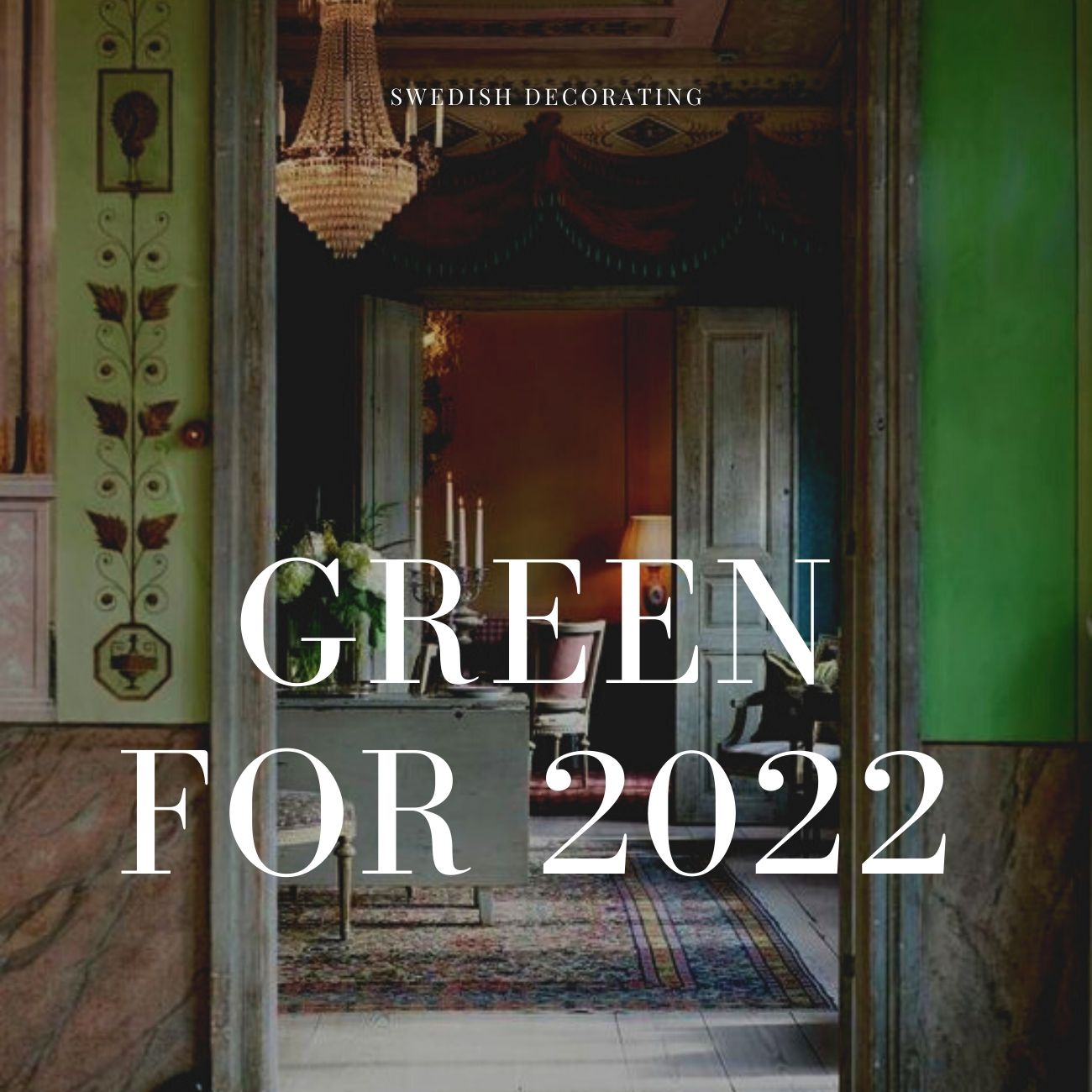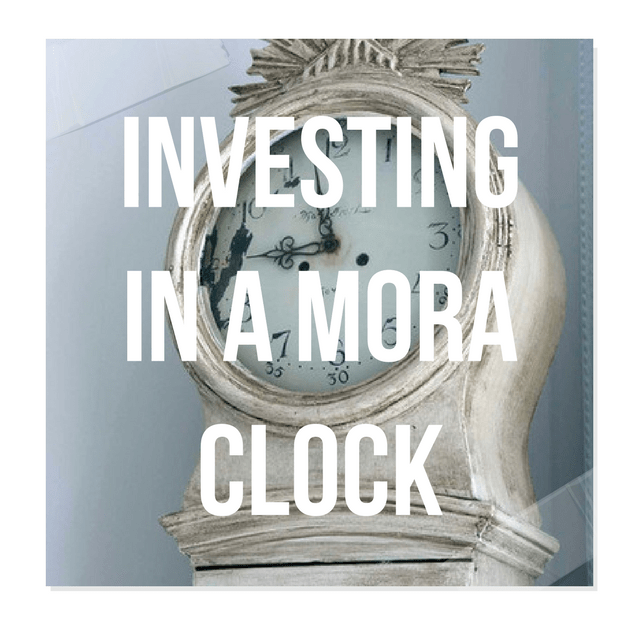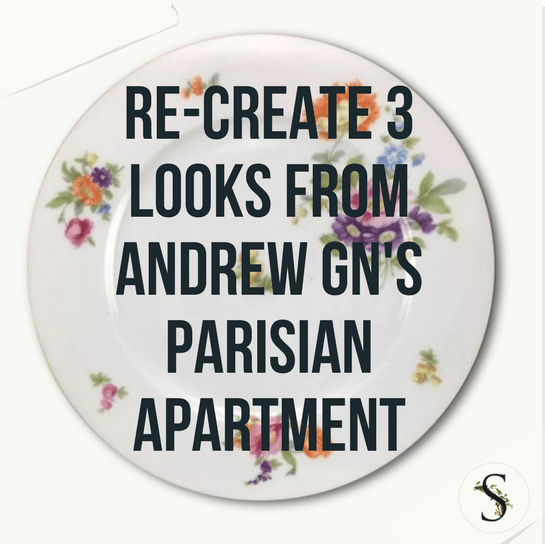HomeGoods Style Expert Beth Diana Smith predicts that, in 2022, many will go green by decorating around green-hued decor. “Green [is] definitely the color of 2022!” the owner and principal designer of Beth Diana Smith Interior Design tells SheKnows. “Six paint brands opted to choose green for their color of the year inspired by the […]



